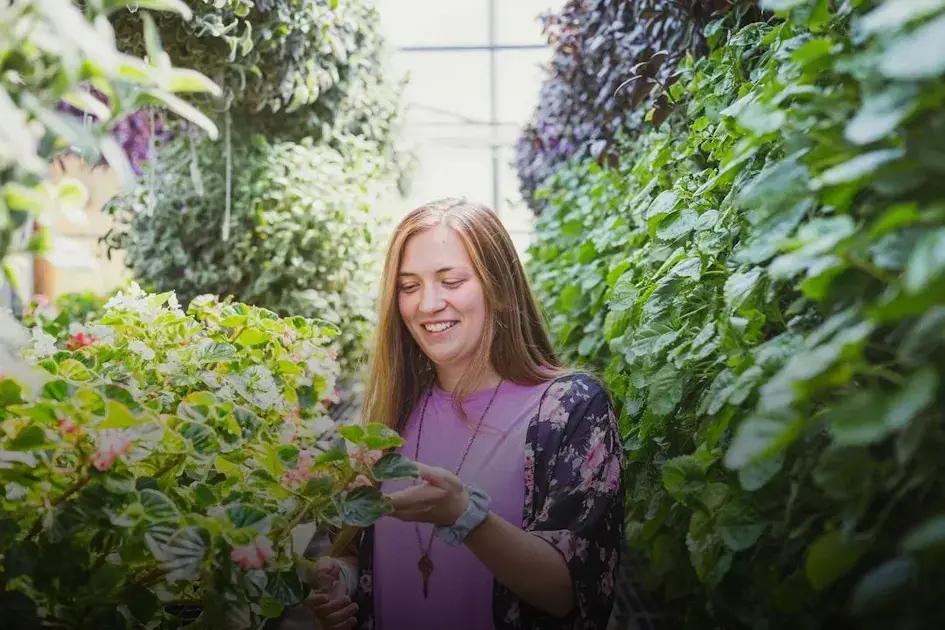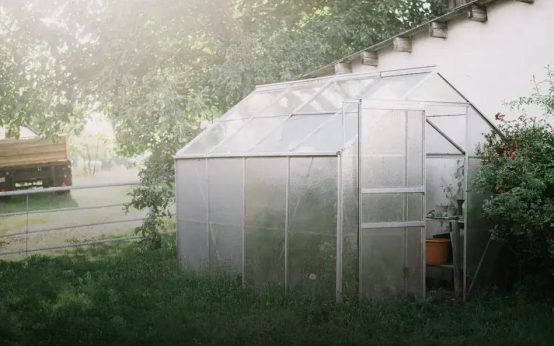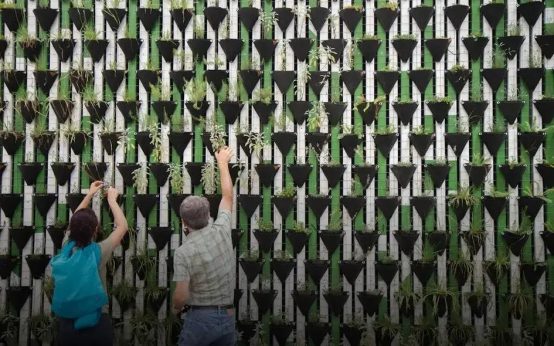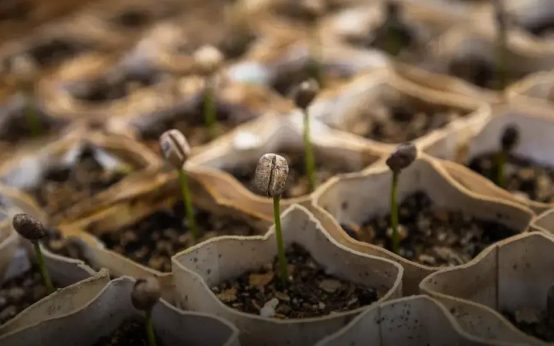Companion planting involves growing different plants close to benefit each other. Discover which plants thrive together, optimizing your garden’s health and productivity. As you explore the benefits, learn about top plant pairs and avoid common mistakes. This guide helps you incorporate companion planting strategies effectively. Whether you’re a novice or an experienced gardener, these tips will ensure a flourishing garden and sustainable practices.
Benefits of Companion Planting
Companion planting enhances plant growth, health, and productivity by pairing certain plants together. When done correctly, companion planting can reduce pests and diseases naturally, eliminating the need for chemicals. This eco-friendly technique supports sustainable gardening by utilizing the natural benefits that plants provide to each other.
Through companion planting, plants like marigolds and tomatoes can thrive together, with marigolds helping to deter nematodes that often target tomato roots. Similarly, planting basil alongside tomatoes can enhance the latter’s flavor and repel unwanted insects. Nitrogen-fixing plants such as peas and beans enrich the soil, benefiting heavier feeders like corn or squash when planted nearby.
Another notable advantage of companion planting is its ability to optimize space and resources. Tall plants can provide necessary shade for shorter, more shade-loving varieties. For example, corn can grow tall and protect lettuce from harsh sunlight, allowing them to grow comfortably in the same space.
Additionally, this practice encourages biodiversity in gardens, supporting various beneficial insects such as bees and ladybugs. These insects aid in pollinating flowers and controlling pests naturally. Companion planting also fosters a balanced ecosystem, helping to maintain soil health and minimize soil erosion. It’s a simple strategy that aligns gardening with ecological sustainability.
Top Plant Pairs for Your Garden

Companion Planting Benefits
Companion planting involves strategically placing plants that can enhance each other’s growth. By understanding the natural patterns of plants, gardeners can create a thriving ecosystem. Some plant pairs not only improve growth but can also repel pests and attract beneficial insects.
Classic Pairs
The classic corn, beans, and squash trio, known as the “Three Sisters,” has been used for centuries by Native American gardeners. Corn provides a natural trellis for beans, beans fix nitrogen to enrich the soil, and squash’s broad leaves help retain moisture.
Another pair, tomatoes and basil, is popular for a reason. Basil can enhance the flavor of tomatoes and repels insects. Likewise, carrots and onions work well together as onions deter carrot flies.
Herbs and Their Benefits
Herbs such as rosemary and sage can repel cabbage moths and carrot flies, adding value to your garden beyond culinary use. Planting thyme near your vegetables can decrease the risk of pest infestations and enhance the aromatic environment.
Considerations for Success
While pairing plants, always consider their growing requirements such as sunlight, water, and soil needs. Some plants can thrive under similar conditions and therefore grow side by side without competition. Understanding these needs can make the garden more productive.
Finally, remember that not all plants get along. Clashing pairs, like fennel and most other plants, can stunt each other’s growth. So, planning and research are crucial steps for a successful companion planting strategy.
Common Mistakes to Avoid
When practicing companion planting, there are several common mistakes that can hinder your garden’s success. One of the main errors is ignoring plant compatibility. Not all plants thrive together, and some combinations can even stunt growth or attract pests. Research is key; ensure that your chosen plants will benefit each other before planting them side by side.
Another frequent mistake is overcrowding. While companion planting often involves placing plants in close proximity for mutual benefits, it’s important to give them enough space to grow. Overcrowded plants can struggle to access sunlight and nutrients, leading to diminished health.
Avoiding crop rotation is another pitfall. Planting the same companions in the same spot season after season can deplete the soil of nutrients and increase the risk of disease. Rotate your plants to maintain soil health and encourage robust growth.
Ignoring soil needs is also detrimental. Certain plants have specific soil preferences, and failing to cater to these can disrupt your entire planting setup. Ensure that the soil type and pH suit all companion plants in a grouping.
Lastly, don’t overlook pest management strategies. Relying solely on companion planting for pest control without any additional measures can result in pest outbreaks. Use integrated pest management techniques alongside your plant pairings for the best results.
Tips for Successful Companion Planting

Maximize Sunlight: Ensure taller plants are situated in such a way as to not overshadow those that thrive in full sun.
Consider Plant Needs: Group plants with similar water and sun requirements to reduce maintenance.
Use Companion Gardening Charts: Utilize charts to pair plants that naturally benefit from each other.
Plant Timing: Be mindful of growth cycles, as some plants protect others from pests better at certain times.
Soil Health: Rotating plant partners yearly can help maintain soil fertility and balance.
Utilize Aromatic Herbs: Plant herbs like basil and mint strategically to repel pests naturally.
Avoid certain plant combinations that may stunt each other’s growth. These observations vary greatly and should always be tested within the specific climate and soil type of your garden. Planning the garden layout with these factors in mind can greatly enhance the success rate of companion planting endeavors.
Incorporating Companion Planting in Urban Gardens
Urban gardens often face unique challenges such as limited space, poor soil quality, and pollution. Companion planting offers an effective method to make the most out of urban gardening by allowing plants to benefit each other. When creating a small garden in a city setting, consider how companion planting not just uses space efficiently but also supports the growth and health of your plants.
Begin by assessing the space available in your urban garden, whether it’s a balcony, rooftop, or a small backyard. Choose plants that complement each other. For instance, pair tomatoes with basil to not only maximize the use of vertical space but also to enrich flavors and deter pests. Basil helps repel flies and mosquitoes, providing a natural way to protect your tomatoes.
Maximize sunlight exposure by planting taller plants like corn alongside shorter, shade-loving plants like lettuce. This not only utilizes the space vertically but also creates a microclimate beneficial for both plant types. Choose containers that suit different plant needs; some might thrive in deeper pots, while others prefer shallow ones.
Urban soil can be less nutritious, so support your plants by selecting strong partners. A good example is growing beans with carrots. Beans fix nitrogen in the soil, enriching it naturally, which encourages carrot growth.
Address urban pollution by incorporating plants known for their air purifying properties like spider plants and peace lilies. These not only contribute to a healthier environment but can also improve the overall wellbeing of your urban ecosystem.
Monitor how each plant pair interacts over time. Adjust placements as needed to improve the health of your garden. Through observation and adaptation, you will learn which combinations thrive best in your urban setting.


 Harvesting Herbs: Secrets for Best Flavor Timing
Harvesting Herbs: Secrets for Best Flavor Timing  Tips for Growing Tomatoes That Produce Fruit Effectively
Tips for Growing Tomatoes That Produce Fruit Effectively  How to Grow Herbs Indoors Easily on Your Windowsill
How to Grow Herbs Indoors Easily on Your Windowsill